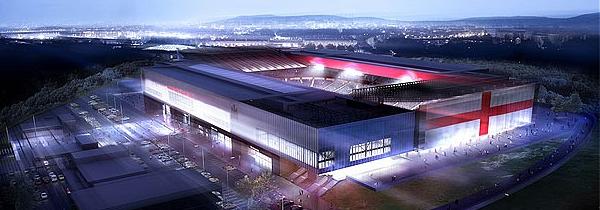
A couple of snippets of recent stadium news that did not warrant their own post, but are of interest anyway:
- Bristol City’s Ashton Vale saga, about which we have already extensively reported, has taken a turn for the worse as the Bristol City council has decided to drop its defence against the current legal challenges. As a result a public inspector will now hold a public inquiry into the future of the site.
Bristol City has subsequently stated that this changes little in the situation, but it can hardly be called good news. The only advantage is that this may speed up the decision process, though whether this results in a positive outcome for the club is increasingly doubtful. - Liverpool’s stuck new stadium plans have in the meantime racked up a considerable bill for the club. The Daily Mail reports that the club has written down £50 million of losses on the stadium project. This is mainly due to the costs made during the Hicks and Gillett era and their proposals for a 70,000 futuristic new stadium. These plans have already been thrown in the bin, but the club has still to decide whether to stay at Anfield or built a new stadium at Stanley Park.
- Chelsea, who recently made a bid for the Battersea Power Station site, have now argued that moving to Battersea is still far from a done deal. Chelsea chief Ron Goulay stated that the club is still investigating a redevelopment of Stamford Bridge, as well as various other sites within a three-mile radius of their current ground. According to Goulay the bid was just a matter of not losing any future opportunities. Of course, this could have been a statement merely aimed at appeasing any disgruntled fans.
- More concrete is the mayor of Napoli, Luigi De Magistris, who again repeated his objective to have a new stadium ready for SSC Napoli in three years time. The mayor has recently invited interested parties to present their ideas for the project. The Ponitcelli area, close to the Vesuvius volcano, seems to be most concrete. Stadio San Paolo will then be renovated and used for events and women’s football.
- Finally, a Danish study has looked at which of the stadiums that were built for events such as the Olympics and World Cup have been most successful afterwards, and which have ended up as white elephants. The summary does not suggest any big surprises for the average football fan, but we’ll soon have a browse through the 119-page report (pdf) to see if there’s anything more worth reporting.